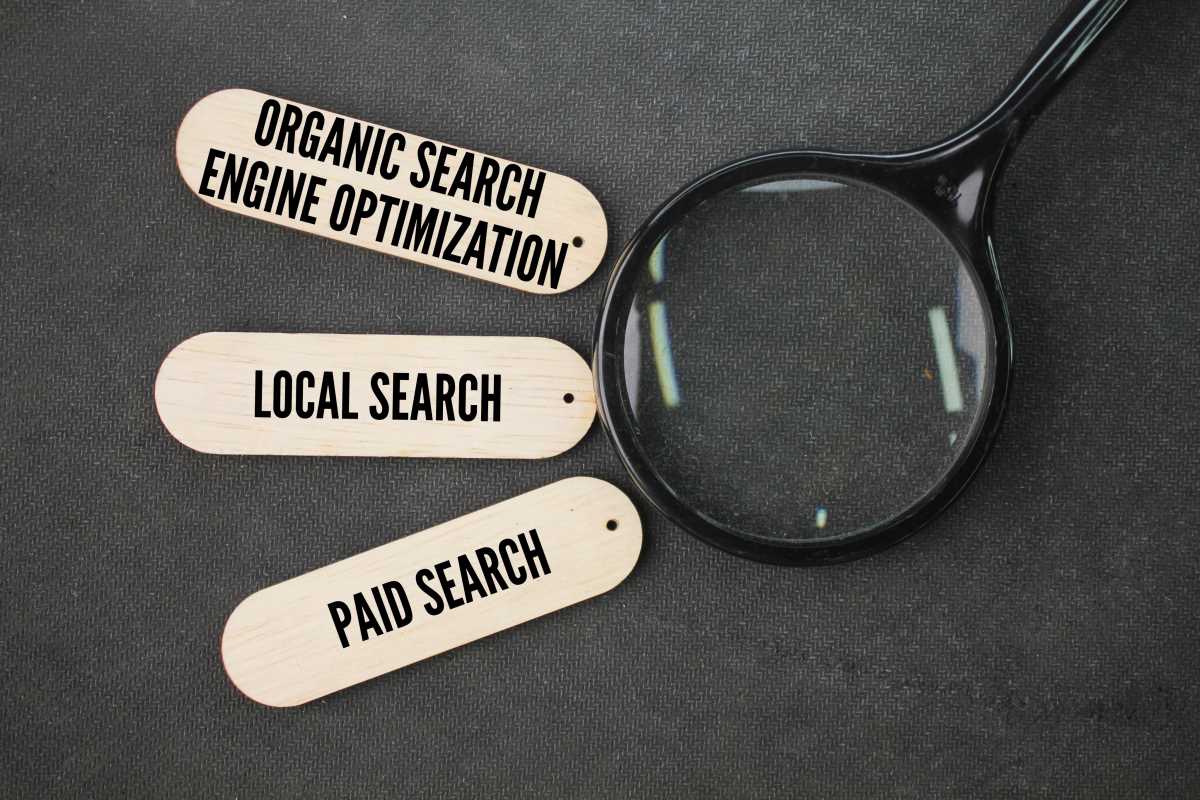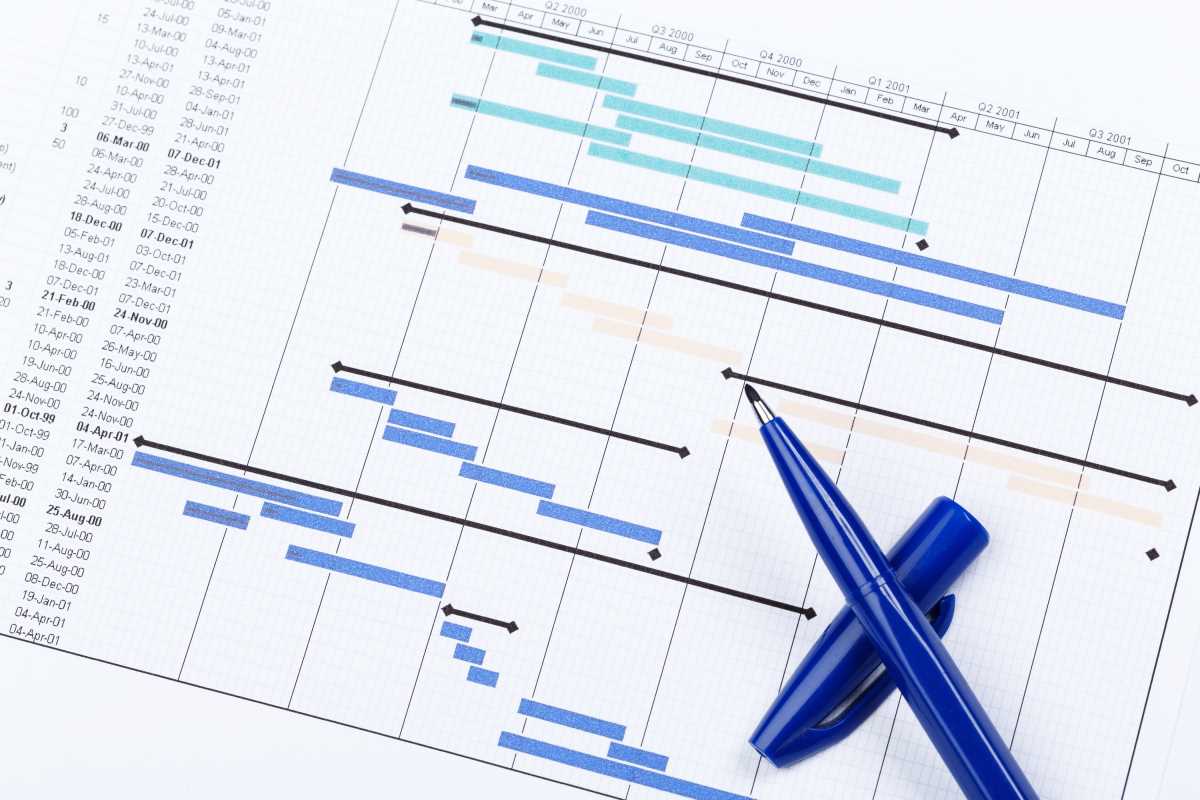Bringing together a group of experts from different departments to work on a single project sounds like a recipe for success. You have the analytical mind of an engineer, the creative eye of a designer, the market knowledge of a salesperson, and the strategic vision of a marketer all in one room. This is the power of a cross-functional team. When it works, the results can be extraordinary, leading to innovative products and breakthrough solutions that no single department could have achieved on its own. However, getting it to work is often easier said than done. These teams are frequently plagued by misunderstandings, conflicting priorities, and communication breakdowns. The very diversity that makes them so powerful can also be their greatest challenge. Learning how to navigate these complexities is no longer a soft skill; it's a core competency for anyone looking to thrive in a modern workplace. Effective collaboration doesn't just happen by accident; it's built through intentional strategies that foster trust, alignment, and a shared sense of purpose.
Common Challenges in Cross-Functional Collaboration
When you bring people together from different professional worlds, you're bound to encounter some friction. Each department has its own language, its own set of priorities, and its own way of measuring success. Recognizing these common hurdles is the first step toward overcoming them and building a team that truly clicks.
1. Communication Gaps and Jargon
One of the most immediate challenges is the "language barrier." The marketing team might talk about "MQLs" and "CTRs," while the engineering team discusses "APIs" and "sprint cycles." This specialized jargon can make team members feel excluded and can lead to significant misunderstandings. When people don't understand each other, they can't effectively build on each other's ideas.
2. Conflicting Priorities and Goals
A sales team is typically driven by monthly revenue targets, which might make them push for a quick product launch. The engineering team, on the other hand, is focused on stability and may want more time for testing to avoid bugs. These conflicting departmental goals can create tension, as each member might feel they are fighting for their own team's interests rather than the project's overall success.
3. Lack of a Unified Vision
Without a clear, shared goal that everyone on the team has bought into, each member will default to the goals of their own department. This can lead to a disjointed effort where the designer is creating something beautiful but difficult to build, and the engineer is building something functional but not aligned with the marketing message. A lack of a unified vision results in a final product that feels like a collection of separate parts rather than a cohesive whole.
4. Unclear Roles and Responsibilities
"I thought you were handling that." This is a phrase that signals a breakdown in role clarity. In a cross-functional setting, it can be easy for tasks to fall through the cracks because no one is quite sure who is responsible for what. This ambiguity can lead to duplicated work, missed deadlines, and resentment among team members who feel they are pulling more than their share of the weight.
Strategies to Improve Cross-Functional Teamwork
Overcoming these challenges requires more than just telling people to "collaborate better." It requires putting specific systems and practices in place that create an environment where collaboration can flourish.
1. Establish a Shared Goal and Vision
The most important step is to unite the team around a single, compelling mission. This project-specific goal must be more important than any individual's departmental objectives. It should be the North Star that guides every decision the team makes.
This shared vision should be created collaboratively, with input from every member of the team. When everyone has a hand in defining success, they are much more likely to feel a sense of ownership and commitment to the project's outcome. This goal should be clearly articulated and referenced often in team meetings to keep everyone aligned.
2. Define Roles and Responsibilities from the Start
To avoid confusion and ensure accountability, take the time at the beginning of a project to clarify who is responsible for what. A simple tool for this is a RACI chart, which outlines who is Responsible, Accountable, Consulted, and Informed for each major task.
- Responsible: The person who does the work.
- Accountable: The person who ultimately owns the outcome (there should only be one).
- Consulted: The people who provide input and expertise.
- Informed: The people who need to be kept up-to-date on progress.
This simple exercise ensures that everyone knows what is expected of them and who to go to with questions, which dramatically reduces confusion and bottlenecks.
3. Create a Team Communication Charter
Don't leave communication to chance. As a team, decide on your "rules of engagement." A communication charter is a simple document that outlines how the team will communicate. It should answer questions like:
- What tools will we use for what? (e.g., Slack for quick questions, email for formal updates, Asana for task management).
- What is our expected response time? (e.g., within 24 hours for emails).
- How will we run our meetings? (e.g., all meetings will have an agenda, and notes will be sent out within an hour of the meeting ending).
This charter eliminates guesswork and ensures that everyone is on the same page about how information will flow.
4. Foster Empathy and Understanding
Encourage team members to learn about each other's roles and challenges. One effective practice is to have each team member give a short presentation on what their department does, what their typical day looks like, and how they measure success.
This helps to demystify other roles and builds empathy. When the marketer understands the pressure the engineering team is under to deliver stable code, they are more likely to be patient. When the engineer understands the data the marketer needs to launch a successful campaign, they are more likely to build the necessary tracking.
Actionable Tips for Daily Collaboration
While high-level strategies are important, effective collaboration is also built through small, consistent daily actions.
1. Ditch the Jargon
Make a conscious effort to use simple, clear language that everyone on the team can understand. If you must use a technical term, take a moment to explain what it means. This inclusive approach makes everyone feel like they are part of the conversation.
2. Assume Positive Intent
In a remote or hybrid work environment, it's easy to misinterpret the tone of a brief email or Slack message. When you read a message that seems blunt or demanding, make a conscious choice to assume the sender had positive intent. They are likely just busy and being efficient. This simple mindset shift can prevent countless unnecessary conflicts.
3. Over-Communicate Progress and Blockers
In a cross-functional team, your work is often dependent on someone else's, and their work is dependent on yours. Make it a habit to be transparent about your progress. Use your team's project management tool to keep your tasks updated. If you are facing a challenge or a blocker, communicate it to the team early and often. It's much better to raise a flag early than to surprise everyone with a delay at the last minute.
4. Celebrate Small Wins Together
Don't wait until the end of a long project to celebrate. Acknowledge and celebrate the small milestones along the way. When the design mockups are approved, when a complex piece of code is completed, or when a successful user test is run, take a moment in a team meeting or a Slack channel to recognize the achievement. This builds momentum, boosts morale, and reinforces the feeling that you are all one team working toward a common goal.
By being intentional about how you structure your team, communicate, and work together, you can transform a group of diverse individuals into a collaborative powerhouse. This approach not only leads to better business outcomes but also creates a more enjoyable and fulfilling work experience for everyone involved.
 (Image via
(Image via





